Have you seen makingmusicfun.net yet? This site is full of free resources for both teachers and students. All the materials available at Making Music Fun have super-cute graphics in an “under the sea” theme.
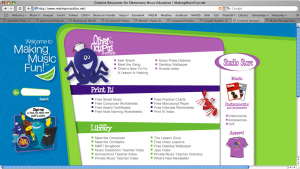
For teachers:
- Sheet music (both arranged and unarranged, organized by level)
- Composer worksheets
- Music achievement certificates
- Practice charts
- Manuscript paper
- Intervals worksheets
- and more!
For kids:
- Music theory arcade games
- “Meet the composer” section
- “Meet the orchestra” section
- Children’s songs
There’s plenty to explore at the Making Music Fun website. Let me know what you find!


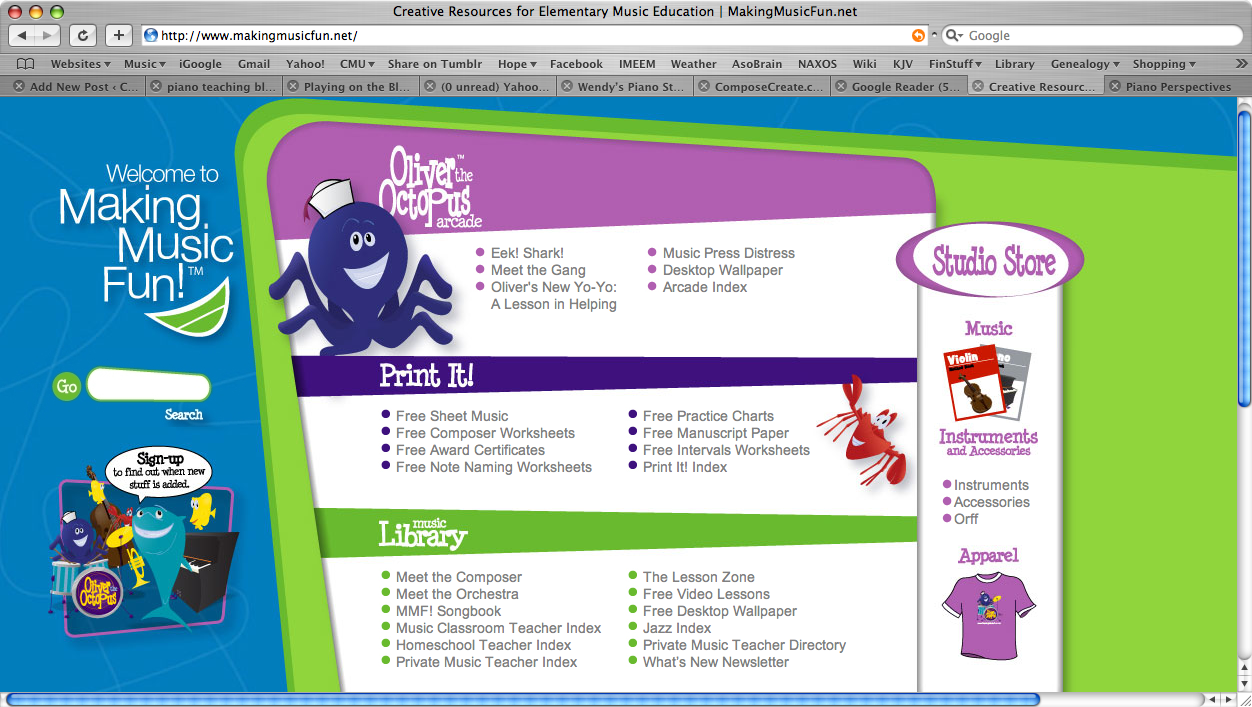

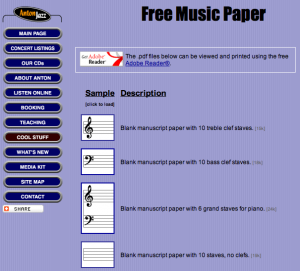

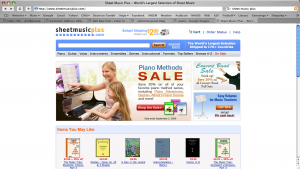

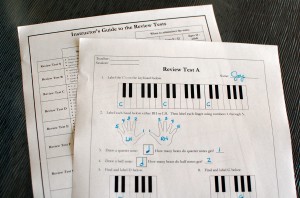 If you navigate over to the
If you navigate over to the